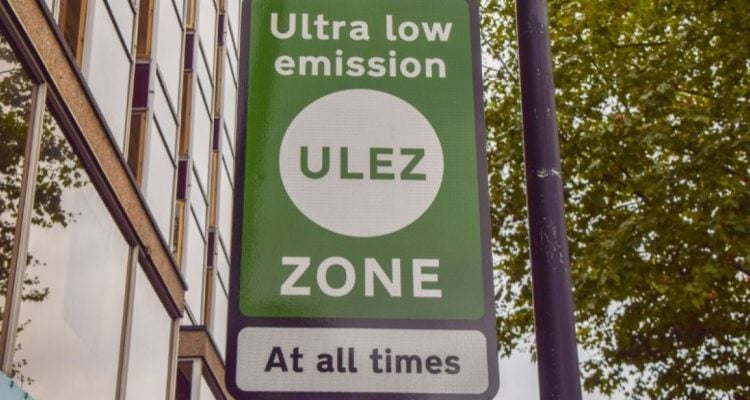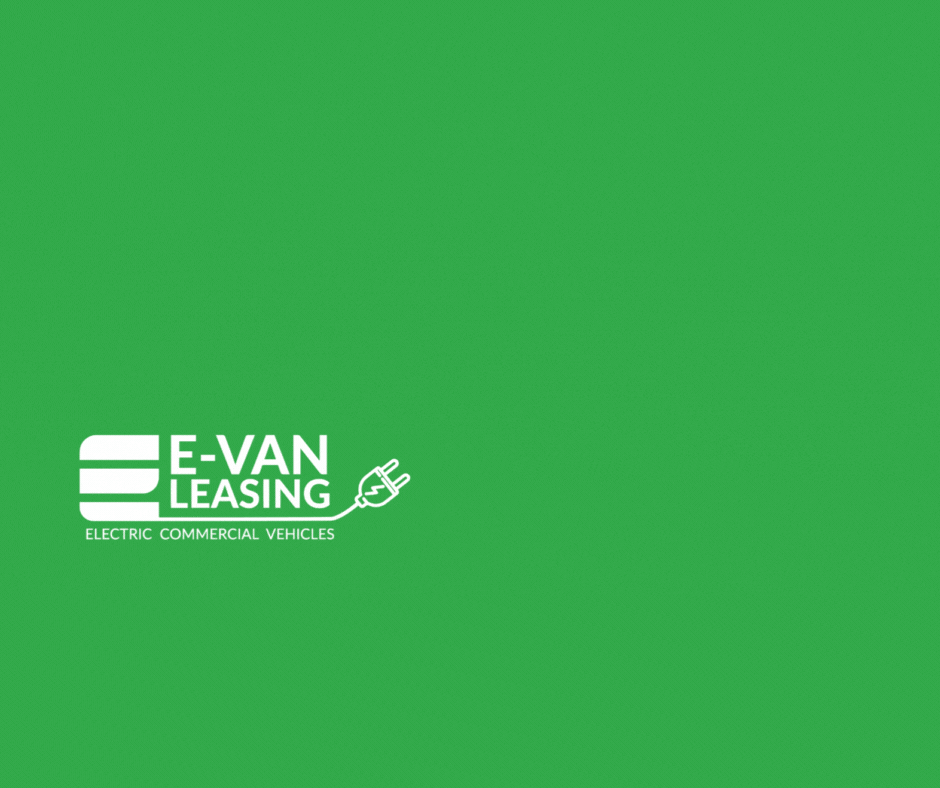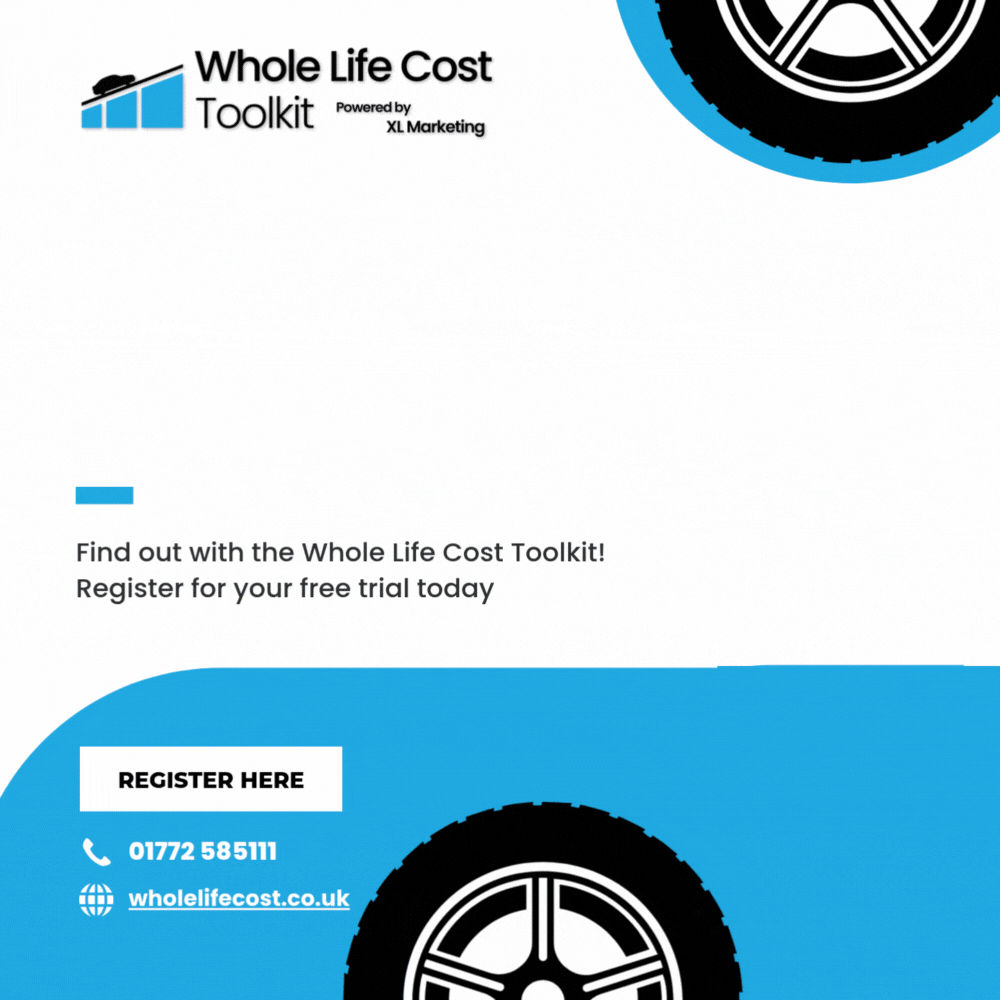Data obtained through a Freedom of Information request by the BBC found that the London Ultra Low Emissions Zone (ULEZ) generated a total of £224,633,003 in 2022. An average of £18.7m a month.
The money raised comes from daily charges and penalty charge notices (PNCs) with PNCs making up around 32% of the total. PNCs are issued if drivers fail to pay the daily charge by midnight 3 days from the charge being applied. The penalty charge is £180, but it does reduce to £90 if paid within 14 days.
The current daily charge is £12.50 for vehicles that don’t meet the ULEZ emissions standards.
On the 29th of August 2023, the current London ULEZ will be expanded to Outer London boroughs – pretty well bordered by the M25.
The ULEZ standards are:
- Euro 3 for motorcycles, mopeds, motorised tricycles and quadricycles (L category)
- Euro 4 (NOx) for petrol cars, vans, minibuses and other specialist vehicles
- Euro 6 (NOx and PM) for diesel cars, vans and minibuses and other specialist vehicles
Lorries, vans and specialist heavy vehicles (all over 3.5 tonnes Gross Vehicle Weight (GVW)) and buses, minibuses and coaches (all over 5 tonnes GVW) do not need to pay the ULEZ charge. They will need to pay the LEZ charge if they do not meet the LEZ emissions standard.
Most petrol vehicles under 16 years old or diesel vehicles under 6 years old already meet the emissions standards. If unsure drivers can check their vehicle here.
The BBC report also looked into where the money goes and it includes costs for ULEZ set up, number-plate recognition cameras (ANPR) and “detection and enforcement infrastructure.
For drivers that have vehicles that don’t meet the emissions criteria, Transport for London has a scrappage scheme to help transfer to more emissions compliant vehicles.
















